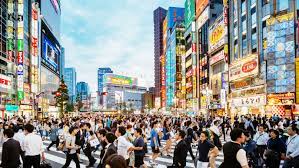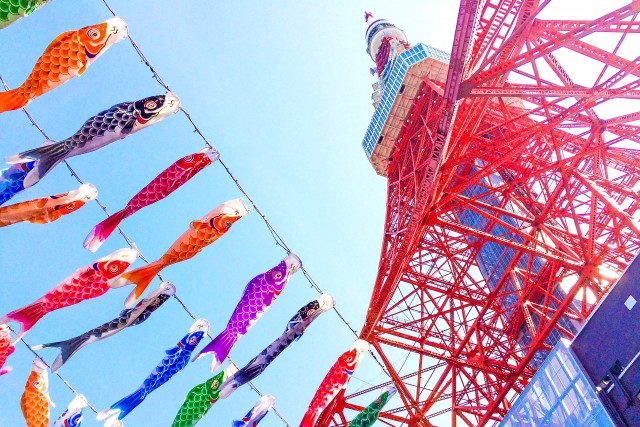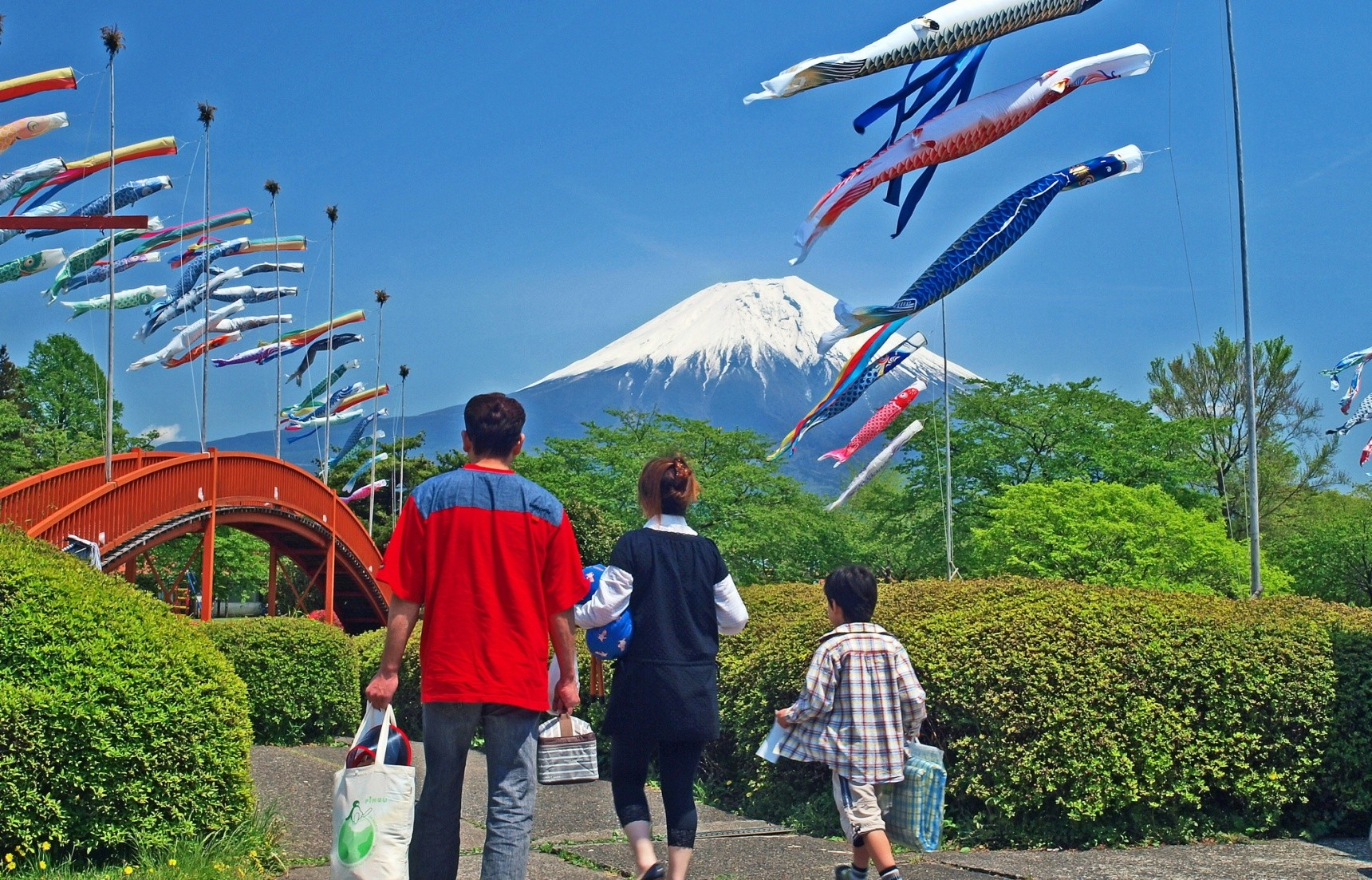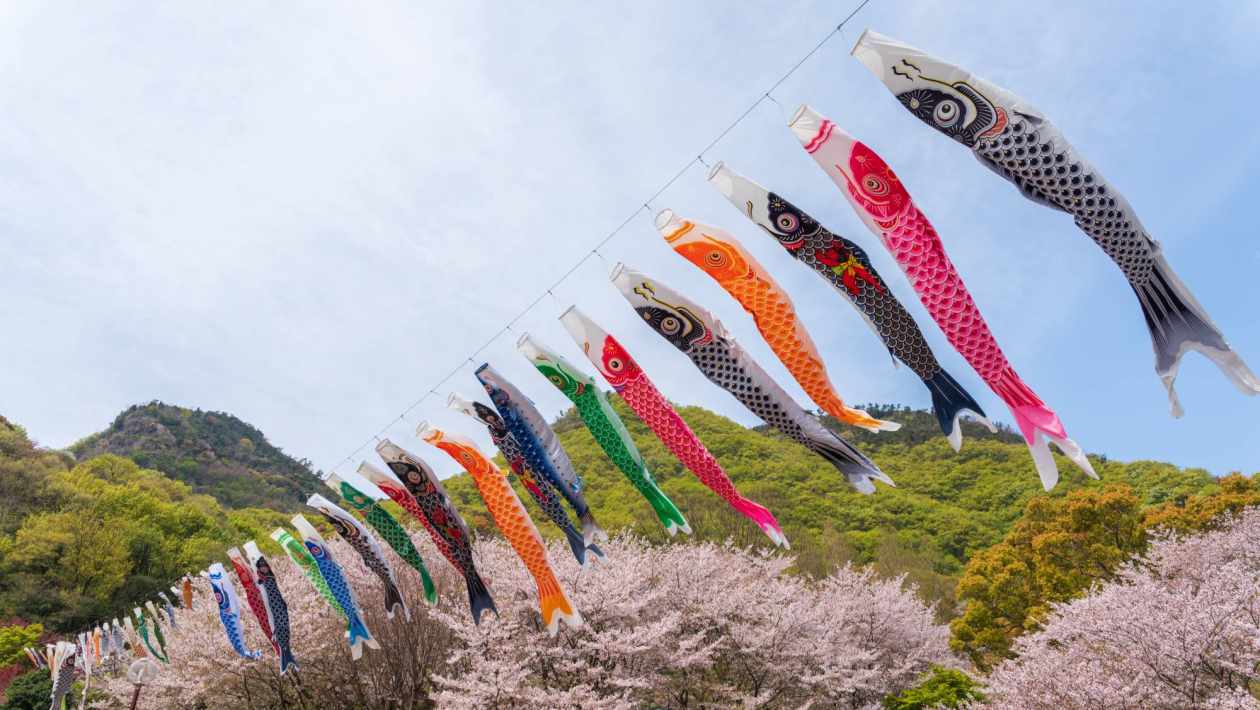Golden Week Japan is big business. A collection of national holidays that results in an extended break for most of Japan. This is also when vast swaths of the population embark on domestic and international vacations.
Although it looks likely to be extended for another month or so. Japan’s current state of emergency is due to end on May 6, the day after Children’s Day. Children’s day is the last in a run of national holidays that make Golden Week Japan such a formidable force. The government’s advice this year is to hunker down instead of heading out during Golden Week. In Tokyo, at least, people promote it as “Sutei Homu Shukan” — “Stay Home Week.”
The message is clear: Do not travel. For those in Japan heeding this advice, you will indeed feel this lack of holiday time for family and friends. But what makes Golden Week Japan so important anyway?
Golden days
Table of Contents
Golden Week Japan is the term for the week that encompasses four of Japan’s 15 national holidays. It begins with Showa Day, then continues with Constitution Day, Greenery Day, and Children’s Day. These holidays celebrate former Emperor Hirohito’s birthday, his love of plants, and the Japanese Constitution’s induction. Children’s Day, however, is far more ancient.
Showa Day
Showa Day kicks off Golden Week Japan on April 29 as the annual observation of Emperor Hirohito’s birthday. Emperor Hirohito ruled Japan from 1926 until his death from cancer in 1989. The word Showa can be translated to “enlightened peace”. And, Showa Day is recommended not necessarily as a day to glorify Emperor Hirohito. But Emperor Hirohito is more like a day to reflect on and think about the 63 years of his era. Showa Day is primarily considered a day of rest. Also, many office workers get a long weekend when the holiday falls on Friday or Monday.

Children’s Day
Children’s Day or Tango no Sekku has been a fixture since the Nara Period (710-94). People celebrate it most recognizably by hanging out windsock-Esque koinobori. Based on a Chinese legend, if a carp is strong enough to swim up raging rapids, it can become a dragon. Children’s Day is one of Japan’s five sacred festivals. The Boy’s Festival (Tango no Sekku) is celebrated on this day. Families pray for their sons’ health and future success by hanging up carp streamers and displaying samurai dolls, both symbolizing strength, power, and success in life.
Constitution Day (Kenpo kinenbi)
The second holiday during Golden Week Japan is Constitutional Memorial Day on May 3. As the name implies, it’s a day set aside to reflect on the start of democracy in Japan. This is when the newly approved constitution was declared in 1947.
Before the “Post-War Constitution,” the Emperor of Japan was supreme leader. People believed that he was a direct descendant of Amaterasu, the Shinto religion’s sun goddess. The new constitution named the emperor as “the symbol of the State and the unity of the people.” The emperor’s role as head of state was made ceremonial, and a prime minister was made the head of government. The most debated and controversial part of Japan’s Constitution is Article 9, an article that prevents Japan from maintaining armed forces or declaring war.
Many locals reflect on the value of democracy in the Japanese government on this day, and many national newspapers publish features about the current state of affairs regarding the Constitution.

Greenery Day (Midori no hi)
Until 2006, Greenery Day celebrated on April 29, the birthday of former Emperor Showa. The day is dedicated to the environment and nature. This is because the emperor loved plants and wildlife. Before being declared Greenery Day, May 4 used to be a national holiday due to a law. May 4 declares a day that falls between two national holidays that a national holiday.
History of Golden Week Japan
Showa Day (Showa no Hi), first celebrated in 2007, is named in honor of Hirohito (the Showa emperor) and falls on his birth, April 29. People declared 29 April as Greenery Day (Midori no Hi) after the emperor died in 1989. To promote the emperor’s appreciation of nature. In 2007 Greenery Day was moved to May 4, and April 29 became Showa Day, a day to reflect on the events of the emperor’s reign. Constitution Day (Kempō Kinenbi), observed on May 3, honors the Japanese constitution ratified following World War II. Japanese celebrate Children’s Day (Kodomo no Hi), also called Boy’s Festival (Tango no Sekku) on May 5.
On this day, Japanese parents pray for their sons’ health and success. Japanese do this by decorating their houses with carp-shaped streamers and displaying samurai dolls. (There is also a Doll Festival [Hina Matsuri] every March 3, during which girls display their doll collections.) During Golden Week, many Japanese employers close their businesses and give vacation time to their employees.
Dates for Golden Week Japanin Japan
Golden Week Japan technically begins with Showa Day on April 29 and concludes with Children’s Day on May 5. However, the Japanese move around the actual days off from work usually to create an extended five-day weekend.
Many Japanese people take vacation time before and after the holiday. So the impact of Golden Week Japan can stretch to around ten days. As a general rule, the last week of April and May’s first week will be busy throughout the country. Unlike many holidays observed in Asia, each of the festivities during Golden Week Japan is based on the Gregorian calendar. So the dates are consistent from year to year.

Traveling During Golden Week Japan
Transportation is most crowded during Golden Week, and room prices skyrocket to accommodate all Japanese travelers. Rural destinations off the tourist path aren’t as affected by Golden Week. But trains and flights between will be complete as people leave big cities and return home to visit their families.
Suppose you plan for a vacation in Japan during this hectic time. In that case, you’ll need to book your airfare and accommodations well in advance for Golden Week Japan.

